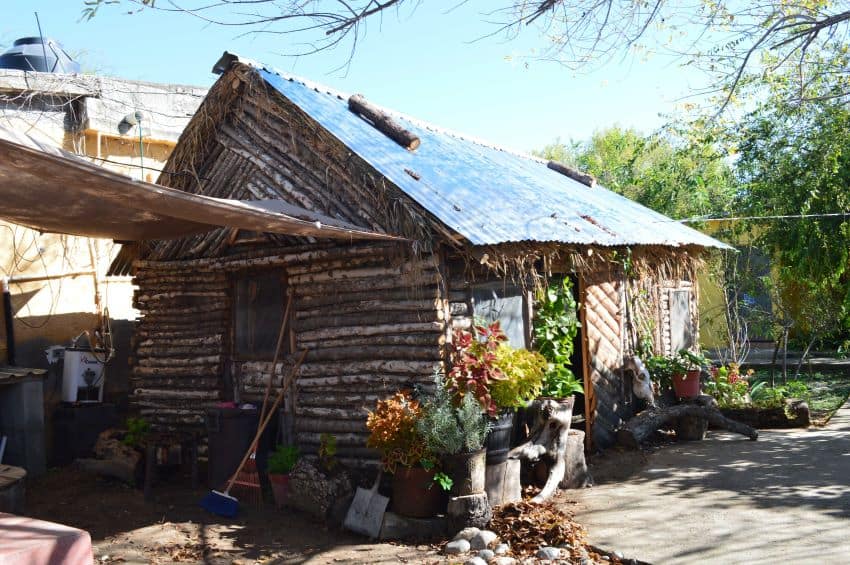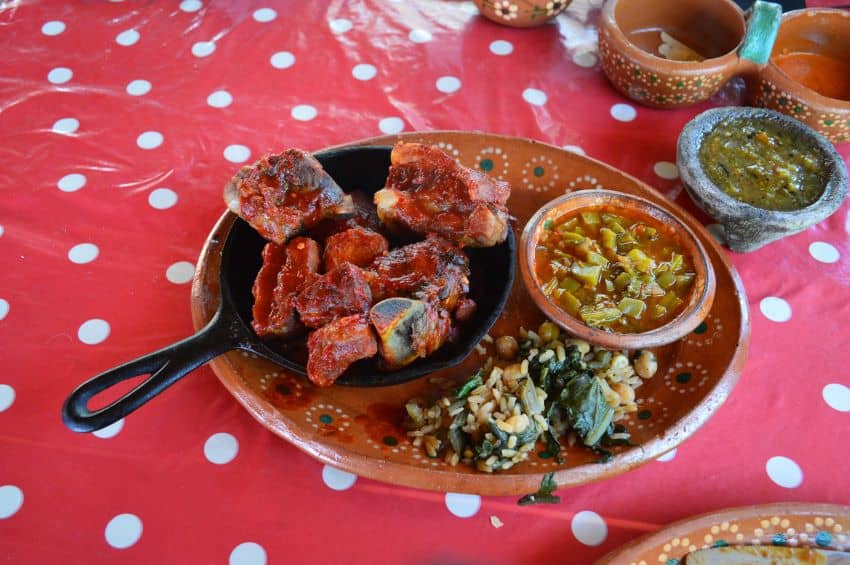Tucked away in a corner of the state of Coahuila, only a couple of hours from the United States border, lies a municipality with an open secret: two communities — one of African descendants (called Mascogos in Mexico) and one of Kickapoo, both who fled the United States in the 19th century.
The twin communities are both called Nacimiento, referring to the birth of Jesus, but distinguished from each other not so subtly with the appendages de los Negros and de los Indios. Both communities belong to the municipality of Muzquiz, a coal mining and ranching area.
The two ethnicities share similar stories: both were displaced on multiple occasions in the 19th century as the United States expanded and consolidated its hold on territories west and into Florida. Both groups would find at least a measure of asylum in Mexican territory, generally in exchange for military services. Both groups have familial and tribal connections to the United States.
Their communities are separate from the main town of Muzquiz, and only partly connected to the rest of the world. Traditional life for both revolves around farming, livestock and semiautonomous communal governing systems. Both groups have received attention from U.S. academic publications and press.
Although many in Coahuila consider both the Kickapoo and the Mascogos to be somewhat hostile to outsiders, both are important to the identity of Muzquiz. The municipality became a Pueblo Mágico, or Magical Town, in 2018 in large part due to their presence.

Both groups wound up here because Muzquiz began as a fort in 1737 to protect Spanish settlements from Comanche attacks. The current name was given to the municipality in 1832 in honor of an interim president of Mexico who was from here.
However, there are important differences in the stories of the two groups. The Kickapoo were forced south from their native Wisconsin during the 18th and 19th centuries. They splintered into different bands, which have descendants in various parts of Kansas, Oklahoma and Texas.
The group that made its way to Coahuila was first allowed into Mexican Texas in 1824, but protection was not assured. The U.S. put diplomatic pressure on Mexico on various occasions during the 1800s to “return” Kickapoo to be settled on reservations. When Texas broke off and joined the Union, some Kickapoo went south to Coahuila, gaining permission in exchange for scouting and other services to the Mexican government.
Continued efforts by U.S. troops to “repatriate” these Kickapoo led to the Mexican government granting them communal lands to bolster their legal status.
Interestingly, in the early 20th century, a group of 200 Kickapoo left Nacimiento — not for the United States but for Tamichopa, Sonora, joined by a group from Oklahoma. This Sonoran Kickapoo community still exists today.
The Kickapoo have had success in maintaining their identity and bloodlines. Everyone in Nacimiento de los Indios speaks Kickapoo, the only non-native Indian language spoken in Mexico. They also speak Spanish or English or both.

Their community is more isolated than that of the Mascogos, only partially on the grid. They still take their drinking water directly from the headwaters of the Sabinas River, the cleanest river water I have seen in Mexico. Some gas and electricity (from generators) are used, but most communications and other services must be obtained in Muzquiz or Eagle Pass, Texas.
Religious life remains strong for the Kickapoo and relatively unchanged. Like the Huichol indigenous people of Mexico, the deer figures prominently in Kickapoo beliefs. Men still traditionally hunt, with deerskin moccasins and other apparel highly prized. In Nacimiento, they have adapted to farming and livestock raising but keep a nomadic element to their lifestyle. They have seasonal moves between Nacimiento and various parts of the United States, often arranging with the neighboring Mascogos to care for their property while they are gone. This migration now figures into their religious ceremonies as well.
Their strong ties and conservation of identity mean that this group is recognized by tribal authorities in the United States. Nacimiento Kickapoo automatically have dual Mexican and U.S. citizenship and can travel freely between the two countries.
The Mascogos, or Negro Mascogos, are the descendants of Black Seminoles. This ethnicity arose with escaped slaves making their way to Spanish Florida, then intermarrying with native Seminoles. When the United States took Florida, all Seminoles were forced west. The people who became the Mascogos (the name probably derived from “Muskogee”) were led into Coahuila by the Black Seminole leader John Horse in the 1850s.
Like the Kickapoo, the Mascogos were allowed into Texas, and later Coahuila, in exchange for military services, which also included land as compensation. The Mascogos worked as scouts for both the Mexican and U.S. armies, and for this reason, they are divided between Nacimiento and Brackettville, Texas, with family ties maintaining a connection between the two communities.
Their African-American heritage is visible in their cuisine (a mix of Mexican and Deep South foods and cooking techniques), their traditional houses (based on log cabins) and their Protestant Christian beliefs. They spoke English until a couple of generations ago when it became relegated only to hymns and the very old.

The Mascogos consider themselves a tribe, and in 2017 the governor of Coahuila recognized them as an indigenous group with the hope of gaining support for them from Mexico’s National Institute of Indigenous Peoples. However, unlike the Kickapoo, the Mascogos do not have recognition by the Seminole tribe in the U.S., nor the citizenship privileges that go along with it. This is mostly likely due to their mixed ancestry, which continues as Mascogos intermarry with local “Mexicans.”
Neither community has more than a couple of hundred members, so their futures are questionable at the very least. In addition to assimilation into Mexican society, the other factor working against them is the economic draw of migrating north across a border that is tantalizingly close. Efforts such as Pueblo Mágico status have been made in the hopes of somehow maintaining their heritage only five to six generations after their arrival.
For Mexicans such as Fernando Mendoza, promotor of Pueblos Mágicos in Mexico, Muzquiz’s history in coal mining, livestock and leather is as important as its Mascogo and Kickapoo communities (who often do much of the same work). But I think Americans like me can be forgiven if we are drawn more strongly to our “lost brethren” forced to flee to another country so long ago.
Leigh Thelmadatter arrived in Mexico 17 years ago and fell in love with the land and the culture. She publishes a blog called Creative Hands of Mexico and her first book, Mexican Cartonería: Paper, Paste and Fiesta, was published last year. Her culture blog appears regularly on Mexico News Daily.
